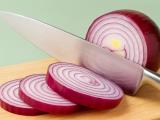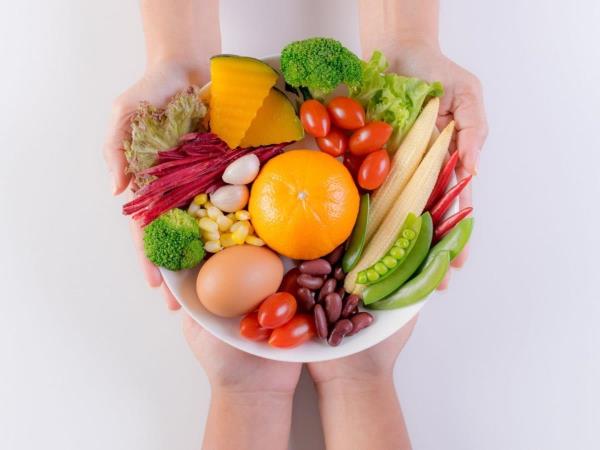Why is seasonal food the best?
One of the main advantages of eating seasonal fruits and vegetables is that we consume them when they are richest in nutrients. This is not just a romantic notion, but a scientifically proven fact. A study by the University of California (2020) showed that spinach loses up to 75% of its vitamin C after eight days of storage. Therefore, by eating vegetables that are freshly picked from local fields, we get several times more nutrients from them compared to those that have traveled thousands of kilometers.
The taste is also different. A strawberry picked from our own garden, on average, contains 15% more natural sugar than one imported (Food Chemistry Journal, 2022). This is why people often reminisce about their childhood when summer produce smelled and tasted authentic.
Supporting Farmers and the Environment
By choosing seasonal produce, we simultaneously reduce our ecological footprint. This means leaving fewer pollution traces in nature. Transporting food from another continent to Europe can cause up to 11 times more CO2 emissions than transporting food from Slovenian fields (European Environment Agency, 2021).
Additionally, local crops are often grown with fewer pesticides and artificial fertilizers. According to data from the European Food Safety Authority (EFSA, 2022), local, seasonal vegetables contain 30% fewer chemicals.
Furthermore, an important aspect is that by buying local products, we also support farmers. In 2025, more than 8,000 family farms in Slovenia were struggling to survive because imported products were cheaper. By opting for seasonal food, we contribute to the preservation of these farms, maintaining tradition, and ensuring quality food for ourselves.
How Seasonal Food Helps Our Health
Traditional medicine has always emphasized that every illness comes with a remedy. In summer, the sun and heat can be draining, so the body needs refreshment and hydration. This is why watermelons, melons, and cucumbers are such wonderful summer gifts.
Watermelon contains over 90% water and also contains lycopene (a red pigment that protects the heart and blood vessels).
Tomatoes are known as natural sun protection. A study in Germany (2021) showed that people who regularly consume tomatoes experience 25% fewer skin damage due to UV rays.
Strawberries are rich in vitamin C. Just 150 grams (approximately one cup) covers 160% of the daily requirements.
When comparing the nutrients we get from seasonal food, it becomes evident that nature feeds us with what we need most at that moment. In summer, this includes water, fiber, antioxidants, and vitamins.
Diversity is Key to Health
Seasonal eating also brings something that is often overlooked - diversity. Each month, nature blesses us with different crops. In June, we can enjoy cherries, in July peaches, in August watermelons, and in September grapes. This means that the body receives a constant rotation of nutrients.
A study in the UK (2020) showed that people who consume more than 30 different types of plant-based foods per week have a 40% healthier gut microbiota (good bacteria in the gut that affect digestion, the immune system, and even mood).
Therefore, the recommendation is simple: during summer, vary your fruit and vegetable intake as much as possible because your body will thank you.
Hydration, the Hidden Power of Fruits and Vegetables
Dehydration is a significant issue in summer. The heat and sun cause the body to lose water and minerals. Seasonal fruits and vegetables naturally replenish this loss.
Cucumbers contain 96% water and virtually no calories. This means you can eat them guilt-free while feeling refreshed.
Plums, in addition to water, are rich in fiber - 100 grams cover 15% of the daily fiber needs. In traditional medicine, they have always been used as a natural aid for digestion.
Besides water, melons also provide potassium, which regulates heart rate.
According to the World Health Organization (2022), 70% of Europeans have issues with dehydration in summer without being aware of it. Opting for watermelon or cucumber instead of carbonated drinks could naturally solve this problem.
Most Popular Summer Crops in Our Region
The most revered summer crops in our region are as follows:
- Strawberries (May–July): rich in vitamin C and fiber.
- Cherries (June–July): a source of vitamin A and antioxidants.
- Watermelons (June–August): perfect hydration.
- Tomatoes (June–September): heart and skin protection.
- Peaches (July–September): a natural sweetener with fiber.
- Bell Peppers (May–September): abundant in vitamin C.
- Zucchinis (May–September): low-calorie and versatile.
- Raspberries (June–August): antioxidant power.
- Cabbage (summer and autumn): rich in vitamins K and C.
Interestingly, strawberry consumption in Europe increased by 18% in 2025 as people started perceiving them as a superfood.
Homemade Solutions for Modern Issues
To put it simply - when you eat seasonally, you do triple good:
- You reduce costs since seasonal food is cheaper (watermelons are up to 40% cheaper during the season).
- You support your body with the best nutrients.
- You take care of the environment and the future.
Our grandmothers always knew to say, "Eat what grows now." In a time where everything is available year-round, this advice may sound outdated. However, upon closer inspection, this is the path to better health and lower costs.
Let Summer be a Time to Nourish Naturally
Seasonal fruits and vegetables in summer are not just a fashionable choice but a deeply rooted folk practice affirmed by science today. By consuming what grows here and now, we receive the most nutrients, support farmers, protect the environment, and save money.
When you next choose between strawberries, tomatoes, or watermelon at the market, remember that this is the food your body craves the most. Nature knows best.









 Would you like to be informed about news on the website?
Would you like to be informed about news on the website?

